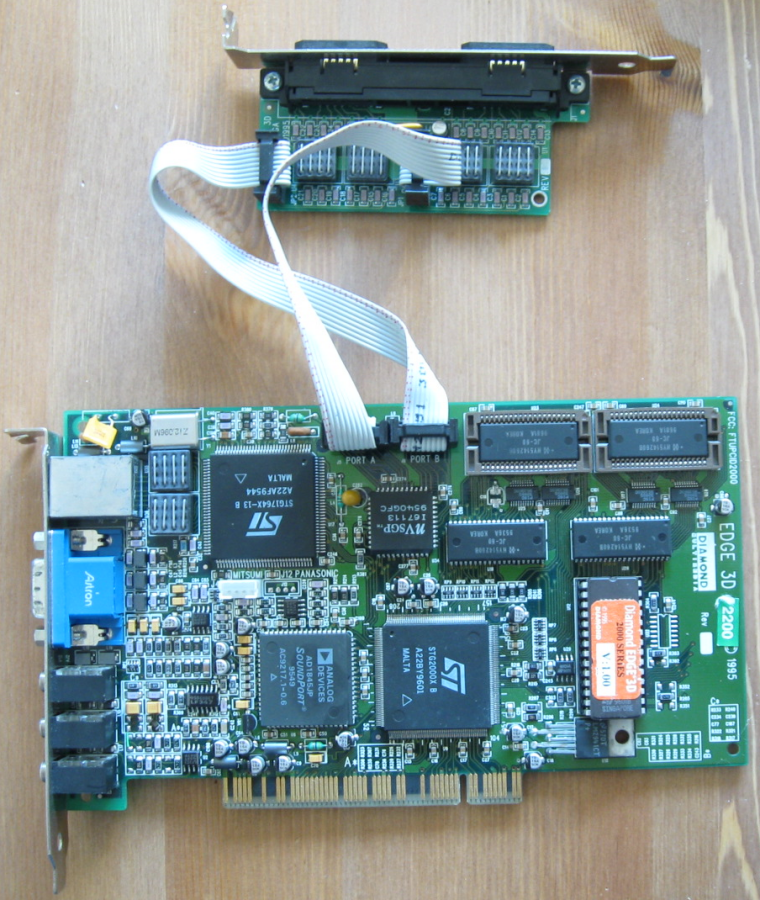
Reliable edge detection combined with proper filtering can significantly minimize aliasing artifacts around geometry edges. Performance should only continue to improve as new hardware and new features become available. DirectX 10 and Shader Model 4.0 also provide integer operations in pixel shaders as well as read access to the depth buffer, both of which can be used to reduce memory bandwidth usage. With DirectX 10 hardware, MRT performance has been improved significantly by both ATI and NVIDIA. We have found that current midrange hardware is able to handle the memory bandwidth requirements at modest resolution, with current high-end hardware able to handle higher resolutions with all features enabled. The main drawbacks of deferred shading include the following: Deferred shading has proven to be a versatile, powerful, and manageable technique that can work in a real game environment. Many times new techniques are too expensive, too abstract, or just too impractical to be used outside of a tightly scoped demo. 19.10 Conclusionĭeferred shading has progressed from theoretical to practical.

In this way, we hope to emphasize the technique and not the implementation. We have avoided GPU-specific optimizations or implementations in this chapter all solutions are generic, targeting either Shader Model 2.0 or Shader Model 3.0 hardware. A body is a geometric object in the scene being rendered. The term material shader refers to an effect used for rendering geometry (that is, in the first two steps of the shading process) and light shader refers to an effect used for rendering visible light (part of the last two steps in the shading process). The terms technique, annotation, and pass are used in the context of a D3DX effect. The term effect refers to a Direct3D D3DX effect. In this chapter, the term forward shading refers to the traditional shading method in which all four steps in the shading process are performed together. For an introduction to deferred shading, refer to Shishkovtsov 2005, Policarpo and Fonseca 2005, Hargreaves and Harris 2004, or another such resource.

In this chapter, we assume the reader has a basic understanding of deferred shading. Deferred shading is a technique that separates the first two steps from the last two, performing each at separate discrete stages of the render pipeline.

Typical rendering engines perform all four of these steps at one time when rendering an object in the scene. Computing surface/light interaction, yielding the final visual.Determining surface material characteristics, such as the normal, the bidirectional reflectance distribution function, and so on.Computing geometry shape (that is, the triangle mesh).This process includes the following steps: In computer graphics, the term shading refers to the process of rendering a lit object.

While Shishkovtsov 2005 covers the fundamentals of implementing deferred shading, this chapter emphasizes higher-level issues, techniques, and solutions encountered while working with a deferred shading based engine. It is based on two years of work on the rendering engine for the game Tabula Rasa, a massively multiplayer online video game (MMO) designed by Richard Garriott. This chapter is meant to be a natural extension of "Deferred Shading in S.T.A.L.K.E.R." by Oles Shishkovtsov in GPU Gems 2 (Shishkovtsov 2005). You can also subscribe to our Developer News Feed to get notifications of new material on the site.Ĭhapter 19. The CD content, including demos and content, is available on the web and for download.
#Nvidia edge blending for free#
GPU Gems 3 GPU Gems 3 is now available for free online!


 0 kommentar(er)
0 kommentar(er)
